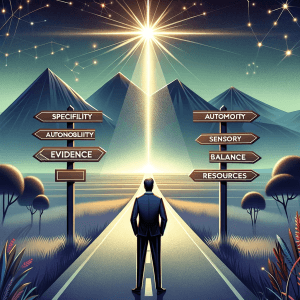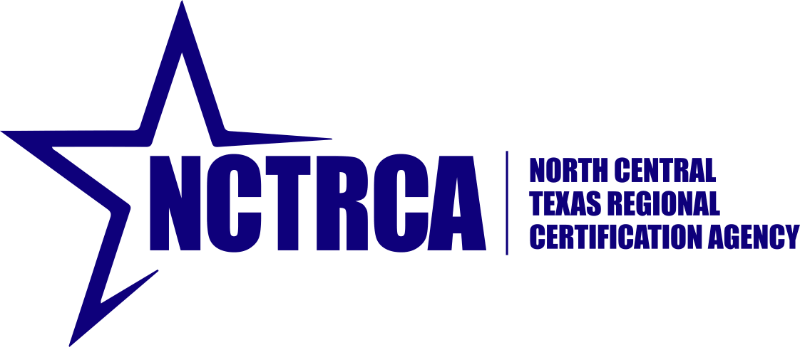TL;DR: Traditional strategic planning wasn’t designed for ADHD brains that think in connections, see patterns others miss, and thrive on creative problem-solving. By embracing visual, flexible, and iterative planning approaches that work with your natural thinking patterns rather than against them, you can transform strategic planning from a dreaded annual exercise into a dynamic tool that leverages your ADHD strengths for visionary leadership.
“I need you to look at something,” Tom said, pulling out his laptop during our coaching session. He was a founder-CEO of a fast-growing tech company, someone who’d built an innovative product but was struggling with what he called “the planning problem.”
“This is our strategic plan,” he said, showing me a 47-page document filled with charts, timelines, and detailed projections. “My board insisted we needed one. We paid consultants $50,000 to help create it. And honestly? I haven’t looked at it since the day we presented it. It feels like it’s written in a foreign language – one that my brain refuses to translate.”
“What would strategic planning look like if it were designed for how your brain actually works?” I offered.
Tom paused, then laughed. “Probably nothing like this document. My best strategic thinking happens on whiteboards, in conversations, when I can see connections between ideas. This linear, step-by-step approach? It’s like trying to force my octopus brain into a spreadsheet.”
That conversation sparked a six-month journey of reimagining strategic planning through an ADHD lens. What emerged wasn’t just a plan Tom could actually use – it was an entirely different approach to strategy that played to his strengths rather than highlighting his challenges. Within a year, his company had not only met its growth targets but had identified three new market opportunities that traditional planning would have missed.
The ADHD Strategic Planning Paradox
Here’s what I’ve discovered in my years of coaching ADHD executives: you’re often brilliant strategic thinkers trapped in strategic planning systems that work against your brain’s natural patterns. You see the future possibilities, understand complex market dynamics, and can envision innovative solutions – but traditional planning methodologies drain that brilliance into rigid frameworks that feel like cognitive straightjackets.
Research on ADHD cognitive strengths shows that divergent thinking, cognitive dynamism, and the ability to see novel connections are ADHD superpowers. These are exactly the capabilities needed for breakthrough strategic thinking. Yet most strategic planning processes are designed for linear, sequential thinking – the opposite of how ADHD brains naturally work.
What if we designed strategic planning to harness these strengths rather than suppress them?
Understanding Your Strategic Thinking Style
Before diving into frameworks, it’s crucial to understand how your ADHD brain approaches strategic thinking. Through my coaching practice, I’ve identified several patterns:
The Connection Maker: You see relationships between seemingly unrelated markets, technologies, or trends. Traditional SWOT analyses feel limiting because you’re thinking in networks, not categories.
The Future Scanner: Your mind naturally jumps to possibilities and potential futures. Five-year plans feel arbitrary when you can envision both next week’s opportunity and decade-long transformations simultaneously.
The Pattern Recognizer: You spot trends before they become obvious, often through intuitive leaps rather than methodical analysis. Linear extrapolation from past data feels like driving while looking in the rearview mirror.
Sarah, a CMO I coach, described it perfectly: “I can see our market position in 3D while everyone else is looking at flat maps. But when they ask me to fill out their strategic planning templates, it’s like asking me to describe a symphony using only numbers.”
Understanding these thinking patterns is the first step to creating planning approaches that work with rather than against your brain.
Visual Strategic Planning: Thinking in Pictures, Not Pages
Research on visual strategic planning demonstrates that visualization improves strategic thinking by addressing cognitive, social, and emotional challenges. For ADHD brains, visual approaches aren’t just helpful – they’re essential.
The Strategic Canvas Approach
Instead of starting with a blank document, I encourage clients to begin with what I call a Strategic Canvas – a large visual space where ideas can be captured, moved, and connected freely.
Marcus, a serial entrepreneur with ADHD, transformed his planning process using this approach: “I got a 4×8 foot whiteboard and started mapping our strategy visually. Suddenly, I could see how our product development connected to market expansion, how customer feedback loops influenced innovation cycles. It wasn’t linear – it was alive.”
The canvas might include:
- Vision clouds at the top (where you’re heading)
- Current state islands in the middle (where you are)
- Bridge strategies connecting them (how you’ll get there)
- Opportunity bubbles floating around the edges (potential pivots)
- Risk storms that might impact the journey (what to watch for)
This visual approach allows your brain to work naturally – seeing patterns, making connections, and processing information holistically rather than sequentially.
Mind Mapping for Strategic Clarity
Mind mapping aligns perfectly with ADHD thinking patterns. It allows for non-linear exploration while maintaining enough structure to be actionable.
I worked with Jennifer, a healthcare executive, who revolutionized her strategic planning using mind maps: “Instead of forcing myself through linear planning documents, I create a central node with our vision, then branch out into strategic themes. Each branch can expand or contract based on new information. It’s flexible, visual, and actually matches how my brain processes strategy.”
The key is making it interactive and dynamic:
- Use colors to represent different strategic themes
- Add images or icons that trigger memory and association
- Create sub-maps for detailed exploration of specific strategies
- Keep it visible and accessible for regular updates
Iterative Strategic Planning: Embracing the Pivot
Traditional strategic planning assumes predictability. ADHD brains know better – they’re constantly scanning for changes, opportunities, and new information. This is why agile strategic planning approaches work so well for neurodivergent leaders.
The 90-Day Strategic Sprint
Instead of annual planning marathons, I encourage ADHD executives to work in 90-day strategic sprints. This approach, inspired by agile methodologies, aligns with ADHD attention patterns and the need for variety and momentum.
Here’s how one client structures it:
Week 1-2: Vision Refresh
- Revisit the big picture
- Scan for market changes
- Identify emerging opportunities
Week 3-12: Sprint Execution
- Focus on 3-5 strategic initiatives
- Weekly check-ins for progress and pivots
- Maintain flexibility for emerging priorities
Week 13: Sprint Review and Reset
- Celebrate completions
- Learn from experiments
- Plan the next sprint
“This changed everything,” David, a startup CEO, told me. “I’m not pretending I can predict the future five years out. I’m planning in chunks my ADHD brain can actually handle, while staying connected to the long-term vision.”
The Experiment Portfolio
Rather than committing to massive strategic initiatives, create a portfolio of strategic experiments. This approach leverages ADHD strengths in innovation and creative problem-solving.
Lisa, a retail executive, explained her approach: “We run 5-10 strategic experiments each quarter. Some are tiny – testing a new customer service approach. Others are bigger – exploring a new market segment. My ADHD brain loves the variety, and we learn faster than our competitors who are still doing annual planning.”
The Visual Strategic Planning Canvas
Let me share a framework I’ve developed specifically for ADHD executives. It’s visual, flexible, and works with your brain’s natural patterns:
Canvas Setup
Create a large visual space (physical or digital) divided into zones:
Center: Core Vision
- Your “North Star” – what you’re building toward
- Keep it visual and inspiring
- This rarely changes
Inner Ring: Strategic Themes
- 3-5 major areas of focus
- Broad enough to allow flexibility
- Connected to the core vision
Middle Ring: Active Initiatives
- Current projects and experiments
- Color-coded by theme
- Easily moved or modified
Outer Ring: Opportunity Radar
- Emerging possibilities
- Market signals
- “Someday maybe” ideas
Floating Elements:
- Risk indicators (storm clouds)
- Resource constraints (boundary markers)
- Success metrics (milestone flags)
Using the Canvas
The power comes from how you interact with it:
Daily Scans: Quick visual check-in. What’s catching your attention?
Weekly Updates: Move initiatives between rings. What’s becoming more or less important?
Monthly Deep Dives: Focus on one strategic theme. How can you expand or refine it?
Quarterly Resets: Major canvas refresh. What’s changed in your strategic landscape?
“This canvas saved my strategic sanity,” reflected Tom (from our opening story). “I can see everything at once, move things around as priorities shift, and actually enjoy strategic thinking instead of dreading it.”
Leveraging ADHD Strengths in Strategic Planning
Your ADHD brain brings unique advantages to strategic planning when you design processes that leverage rather than suppress these strengths:
Hyperfocus Strategic Sessions
When hyperfocus hits, use it strategically. Create “Strategy Sprints” where you dive deep into one aspect of your plan:
- Block 2-4 hours of uninterrupted time
- Prepare stimulating materials (articles, competitor analysis, market research)
- Have capture tools ready (whiteboards, digital canvas, voice recorder)
- Let your brain run wild with possibilities
- Capture everything, organize later
Research on ADHD hyperfocus shows it can lead to breakthrough insights when channeled effectively.
Pattern Recognition Advantage
Your ability to see patterns others miss is a strategic superpower. Build processes that activate this strength:
Cross-Industry Scanning: Look at how other industries solve similar problems. Your ADHD brain excels at finding unexpected connections.
Trend Synthesis: Instead of linear trend analysis, create pattern maps showing how multiple trends interact and amplify each other.
Scenario Spinning: Use your imagination to create multiple future scenarios. Your divergent thinking naturally generates more possibilities than neurotypical planners.
Innovation Through Constraint
ADHD brains often thrive with the right constraints. Use this in strategic planning:
- Set clear boundaries (budget, time, resources)
- Then let your creativity run wild within those boundaries
- The combination often produces innovative strategies
Avoiding Strategic Planning Pitfalls
As you develop your ADHD-friendly strategic planning approach, watch out for these common challenges:
The Shiny Object Strategy Trap
Your ability to see opportunities everywhere can lead to strategic overload. Build in filters:
“I use what I call the ‘Hell Yes’ test,” shared Amanda, a tech executive. “If a strategic opportunity doesn’t make me say ‘Hell Yes!’ immediately, it goes on the someday list, not the active strategy list.”
Analysis Paralysis vs. Impulsive Pivots
ADHD brains can swing between overthinking and snap decisions. Create balanced decision frameworks:
- Gather input quickly (set time limits)
- Use visual pro/con mapping
- Sleep on major pivots (the 24-hour rule)
- Get accountability partner input
The Perfectionist Planning Loop
Sometimes ADHD perfectionismcreates endless planning without execution. Remember: done is better than perfect, and strategies evolve through action, not just thought.
Building Your Strategic Support System
No ADHD leader succeeds in isolation. Build support systems that complement your strategic planning style:
The Strategic Thought Partner
Find someone who can help translate between your visionary thinking and operational requirements. This might be a COO, strategic advisor, or coach who understands both strategy and ADHD.
Visual Documentation Support
Partner with someone who can help capture and organize your strategic thinking. They attend planning sessions and create visual summaries of your ideas.
Accountability Without Shame
Build accountability structures that work with ADHD patterns:
- Regular but brief check-ins
- Focus on progress, not perfection
- Celebrate pivots as learning, not failure
- Visual progress tracking
Making It Real: Implementation Strategies
The best strategic plan is worthless without implementation. Here’s how to bridge the gap:
From Vision to Action
Create clear connections between big-picture strategy and daily actions:
The Strategic Dashboard: A visual display showing how current projects connect to strategic themes. Update it weekly.
Initiative Passports: One-page visual summaries for each strategic initiative, including purpose, progress, and next steps.
Strategy Stories: Turn strategies into narratives that are easier for ADHD brains to remember and share.
Maintaining Strategic Momentum
Use your natural energy patterns to maintain strategic focus:
- Schedule strategic thinking during peak energy times
- Build in variety to prevent boredom
- Create external accountability for long-term initiatives
- Celebrate small wins to maintain dopamine flow
Your Strategic Planning Revolution
What would be possible if strategic planning actually energized rather than drained you? If it played to your strengths rather than highlighting your challenges? If it was flexible enough to evolve with your insights rather than constraining them?
Rachel, a pharmaceutical executive I coached, summed up her transformation: “I went from dreading our annual strategic planning retreat to actually looking forward to my weekly strategy sessions. The difference? I stopped trying to force my octopus brain into a linear box and started building planning processes that work like I think – in connections, patterns, and possibilities.”
Your ADHD brain is built for strategic thinking. You see futures others can’t imagine, connections others miss, and possibilities others dismiss. The key is building planning processes that harness these abilities rather than suppress them.
Start small. Pick one visual planning tool. Try one 90-day sprint. Experiment with one new approach to capturing your strategic insights. Notice what energizes versus drains you. Build from there.
Strategic planning doesn’t have to be the boring, linear, creativity-killing exercise you’ve experienced before. When designed for your ADHD brain, it becomes a playground for your visionary thinking – a place where your ability to see patterns, make connections, and imagine possibilities transforms from a liability into your greatest strategic advantage.
The future needs leaders who can think differently, adapt quickly, and see opportunities where others see chaos. In other words, the future needs ADHD leaders who’ve learned to plan strategically in ways that work with their unique brains.
What strategic framework will you experiment with this week? What visual tool could transform your planning process? What would be possible if you stopped apologizing for thinking differently and started leveraging it as your strategic superpower?
Frequently Asked Questions
How is ADHD-friendly strategic planning different from traditional approaches?
Traditional strategic planning is linear, document-heavy, and assumes predictable futures. It typically involves lengthy planning sessions producing detailed multi-year plans that rarely get referenced. ADHD-friendly planning is visual, flexible, and iterative. It uses tools like mind maps, strategic canvases, and visual dashboards rather than text-heavy documents. It embraces shorter planning cycles (90 days vs. annual), expects and plans for pivots, and leverages ADHD strengths like pattern recognition and creative problem-solving. Most importantly, it’s designed to be engaging and energizing rather than draining.
What tools and techniques work best for ADHD executives doing strategic planning?
Visual tools are essential: large whiteboards, digital mind mapping software like MindMeister or Miro, and visual project management platforms. Use color coding extensively – it helps ADHD brains process and remember information. Try the Pomodoro Technique for planning sessions, working in focused 25-minute bursts. Audio recording tools can capture ideas during hyperfocus sessions. Physical manipulation helps too – use sticky notes you can move around, or digital tools that allow drag-and-drop reorganization. The key is choosing tools that feel intuitive and enjoyable rather than forcing yourself to use “professional” tools that feel constraining.
How do I maintain focus on long-term strategy when ADHD makes me chase new ideas?
Create a “Shiny Object Parking Lot” – a designated space (physical or digital) where you capture new ideas without derailing current strategy. Set up regular “Opportunity Review” sessions where you evaluate parked ideas against current strategic priorities. Use visual anchors like a one-page strategy canvas posted prominently to remind you of core priorities. Build in strategic experiments to satisfy your need for novelty while maintaining overall direction. Partner with someone who can help you evaluate whether new ideas enhance or distract from core strategy. Remember: your ability to spot emerging opportunities is a strength – you just need systems to evaluate them strategically rather than impulsively.
Can visual planning methods be taken seriously in corporate environments?
Absolutely. Many leading companies now use visual strategic planning methods. Research shows visual planning improves comprehension, memory, and engagement. Frame it as “innovative strategic visualization” rather than “I need pictures because of ADHD.” Share examples of successful companies using similar approaches. Start by creating professional-looking visual summaries of traditional planning documents – show how visual methods enhance rather than replace strategic rigor. Focus on results: when your visual planning leads to better strategies and execution, skeptics become converts. Remember, what matters is strategic effectiveness, not conformity to outdated planning traditions.
Ready to revolutionize your strategic planning approach? You don’t have to force your visionary ADHD brain into traditional planning frameworks that drain your energy and creativity. I’m here to help you develop strategic planning methods that leverage your unique thinking patterns and turn your natural abilities into competitive advantages.
Schedule your free consultation with Tandem Coaching Partners to discover how ADHD-informed strategic planning can transform your leadership effectiveness and organizational results.
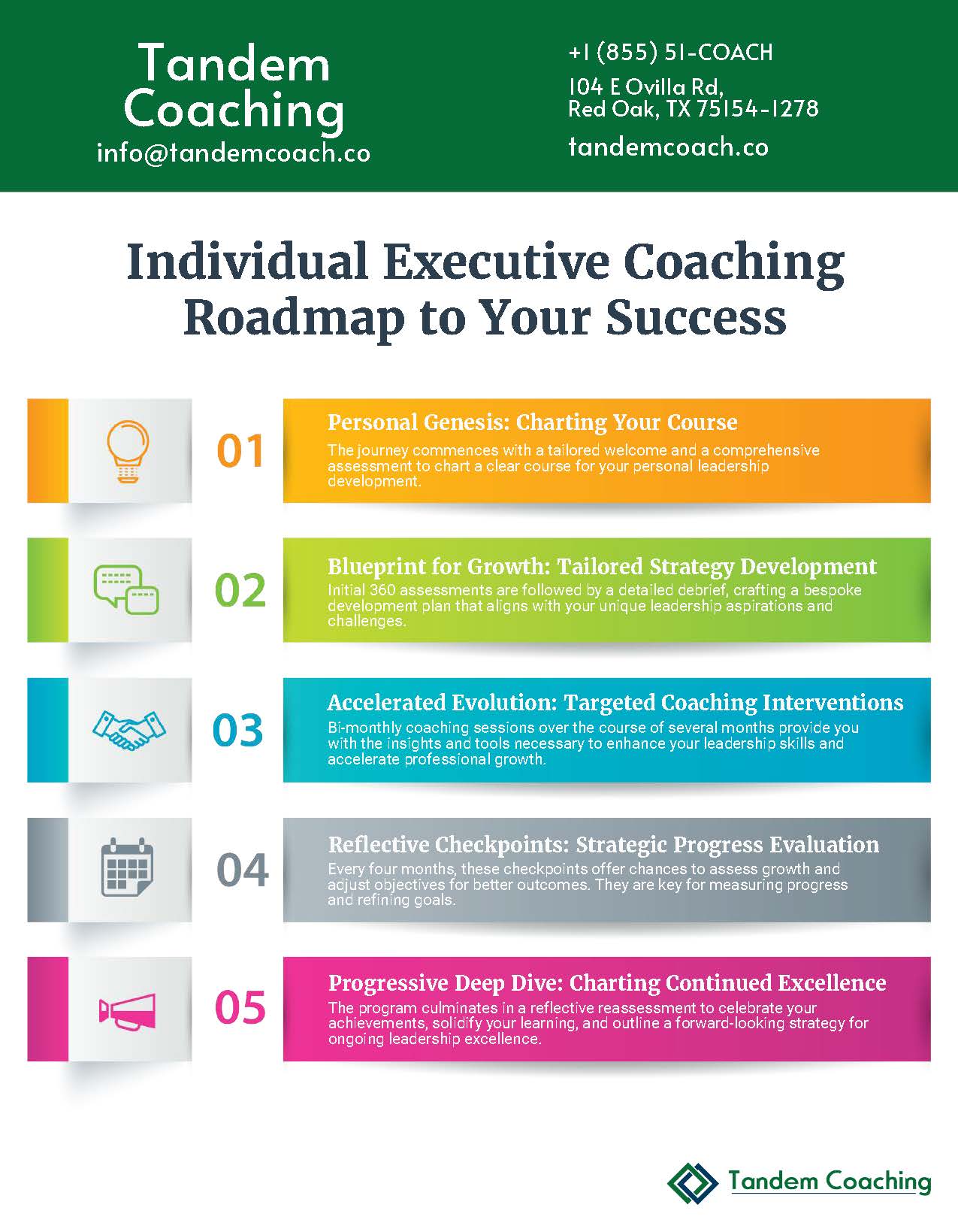
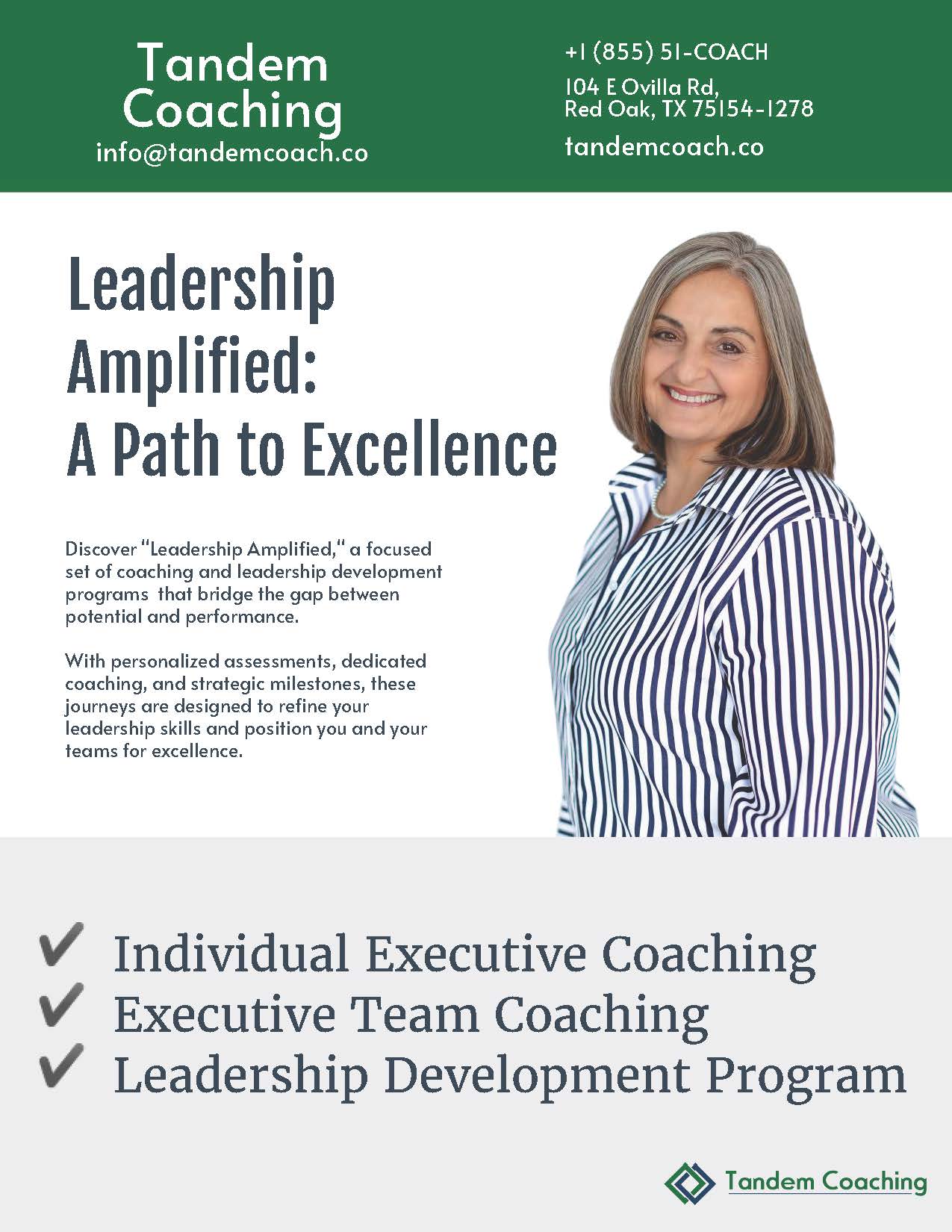
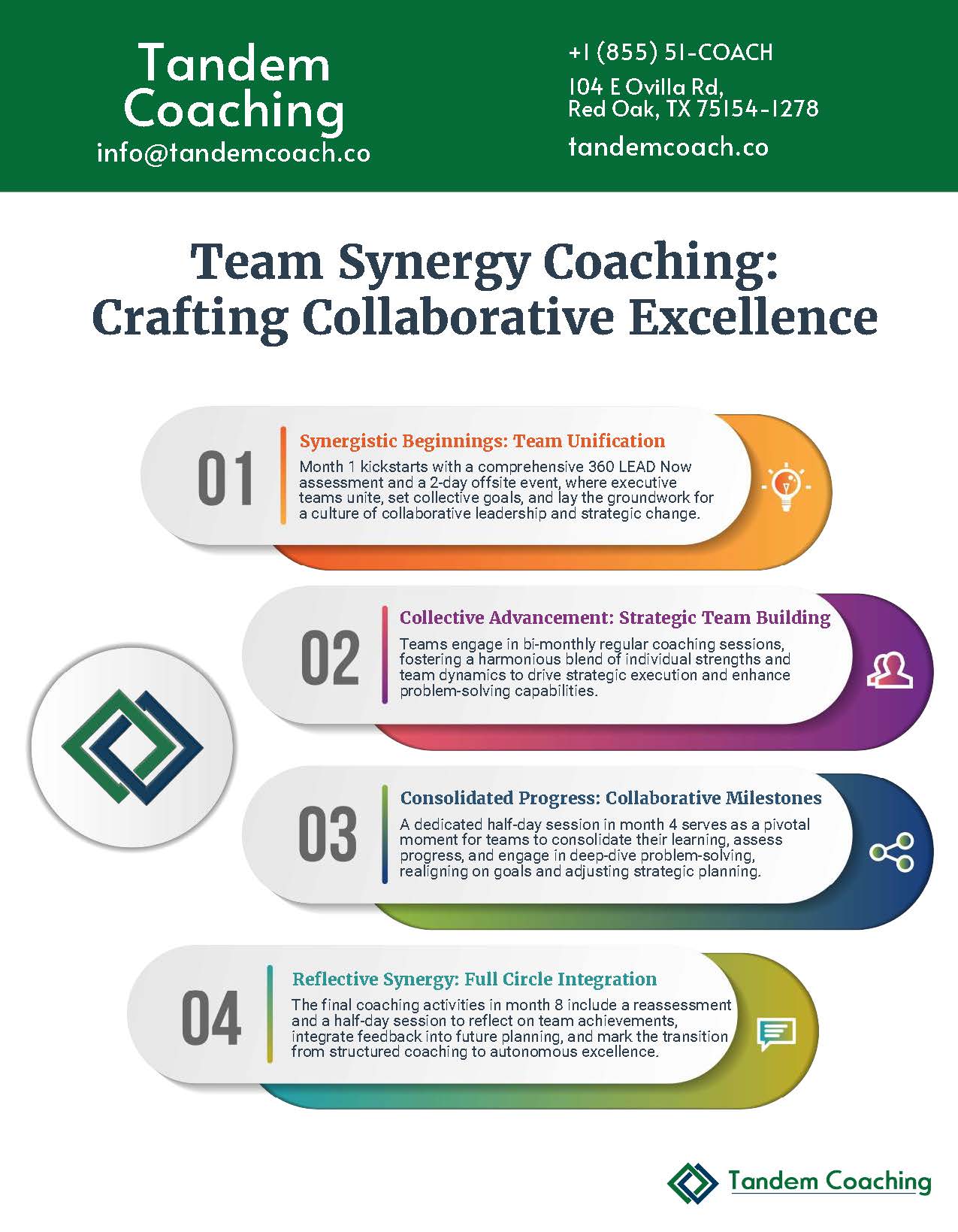
Boost Your Leadership Team Success!
Take your leadership team to the next level and achieve great results with our executive coaching.
Learn how our coaching and ASPIRE method can change things for you—get a free brochure to begin your journey.
About the Author
Cherie Silas, MCC
She has over 20 years of experience as a corporate leader and uses that background to partner with business executives and their leadership teams to identify and solve their most challenging people, process, and business problems in measurable ways.




